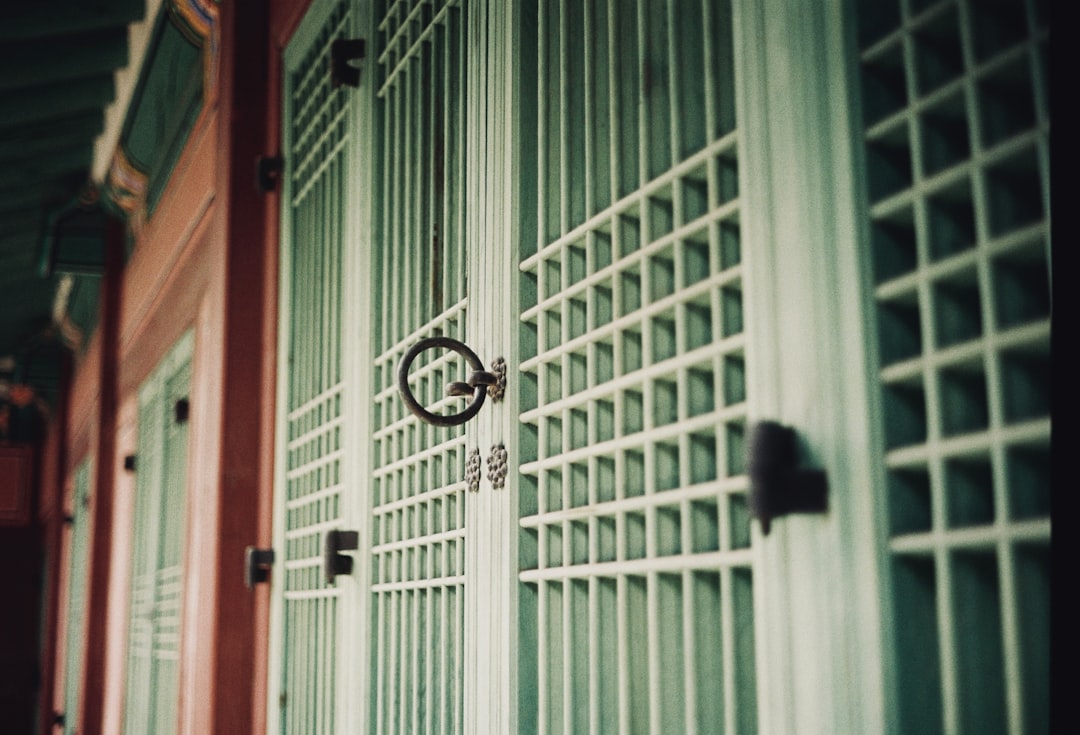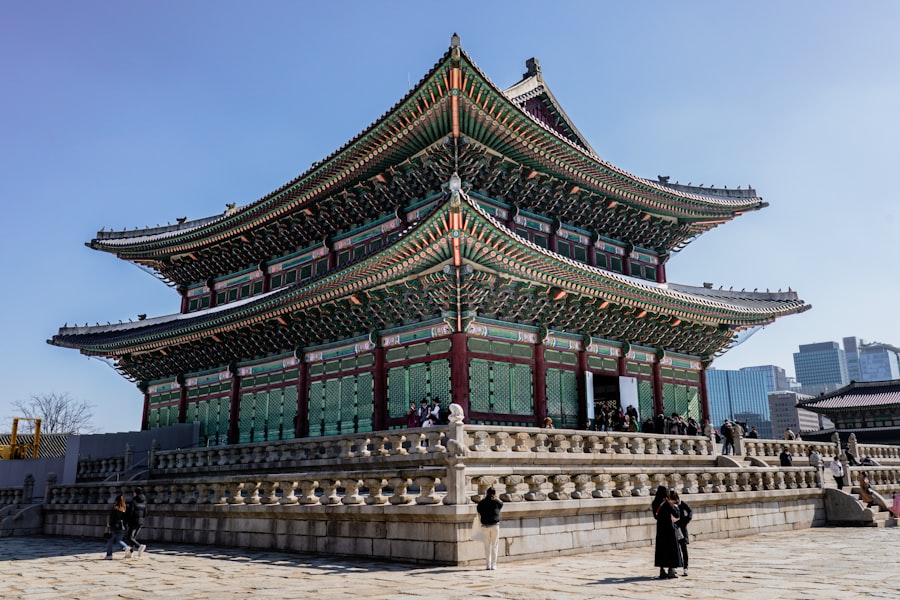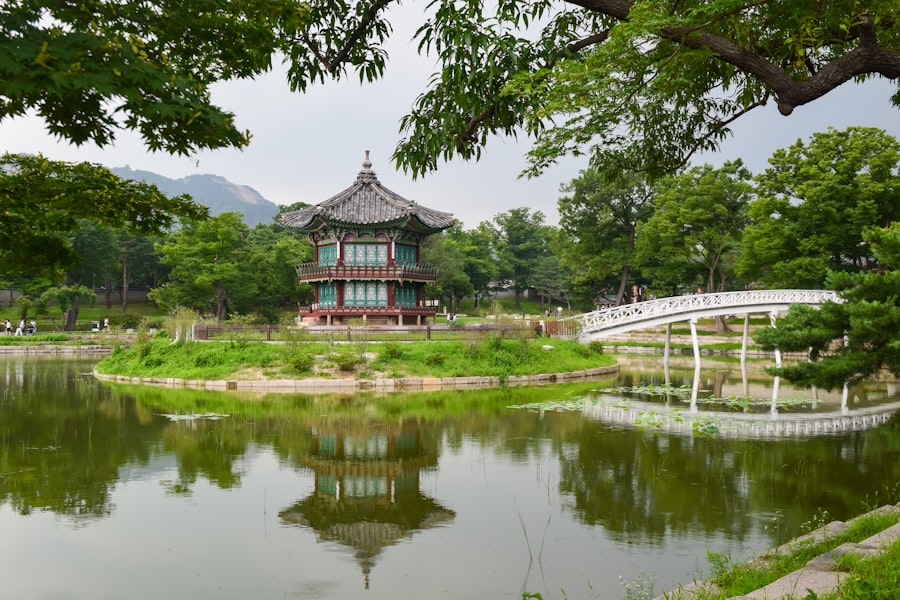
South Korea, officially known as the Republic of Korea, is a vibrant nation located on the southern half of the Korean Peninsula. Bordered by the Yellow Sea to the west and the Sea of Japan to the east, it shares a tense border with North Korea to the north. This dynamic country is renowned for its rich history, diverse culture, and rapid modernization.
With a population of over 51 million people, South Korea is a melting pot of tradition and innovation, where ancient customs coexist with cutting-edge technology. The capital city, Seoul, serves as a bustling hub of activity, showcasing the country’s unique blend of the old and the new. The allure of South Korea extends beyond its geographical boundaries; it is a land steeped in history and cultural significance.
From the ancient kingdoms that once ruled the peninsula to the contemporary global influence of K-pop and Korean cinema, South Korea has carved out a distinct identity on the world stage. The nation’s commitment to education, technological advancement, and cultural preservation has positioned it as a leader in various fields, making it an intriguing destination for travelers and scholars alike. As we delve deeper into the historical and cultural aspects of South Korea, we will uncover the layers that contribute to its unique character.
Key Takeaways
- South Korea is a vibrant and modern country located in East Asia, known for its rich history, culture, and technological advancements.
- The country has a deep-rooted history and culture, with influences from Confucianism, Buddhism, and traditional Korean customs.
- Must-visit places in South Korea include the bustling capital city of Seoul, the historic city of Gyeongju, and the beautiful Jeju Island.
- South Korea is home to stunning natural wonders and landmarks such as the Seoraksan National Park, the volcanic island of Jeju, and the picturesque Haeinsa Temple.
- The country is also known for its modern marvels and technological advancements, including the world’s fastest internet speeds, innovative architecture, and cutting-edge technology.
Historical and Cultural Facts
The history of South Korea is marked by a series of significant events that have shaped its national identity. The Korean Peninsula has been inhabited for thousands of years, with evidence of early settlements dating back to prehistoric times. The establishment of the Three Kingdoms—Goguryeo, Baekje, and Silla—during the first century BC laid the foundation for Korean culture and society.
These kingdoms were known for their advancements in art, architecture, and governance, which continue to influence modern South Korean culture. The tumultuous 20th century brought about profound changes in South Korea’s historical landscape. Following Japanese colonization from 1910 to 1945, the country faced immense challenges in reclaiming its sovereignty.
The end of World War II led to the division of Korea into two separate states: North Korea and South Korea. The Korean War (1950-1953) further solidified this division, resulting in a heavily militarized border that remains one of the most fortified in the world. Despite these challenges, South Korea emerged as a democratic nation with a robust economy, transforming itself into one of the world’s leading industrialized countries.
Culturally, South Korea is a treasure trove of traditions that reflect its historical journey. The concept of “Han,” which embodies a sense of sorrow and resilience, permeates Korean literature and art. Traditional practices such as tea ceremonies, calligraphy, and hanbok (traditional clothing) are celebrated during festivals and special occasions.
The influence of Confucianism is evident in social structures and family values, emphasizing respect for elders and communal harmony. These cultural elements are not only preserved but are also adapted in contemporary society, showcasing the dynamic nature of South Korean identity.
Must-Visit Places in South Korea

When exploring South Korea, there are numerous must-visit places that encapsulate its rich heritage and modern vibrancy. One such destination is Gyeongbokgung Palace in Seoul, which stands as a testament to the grandeur of the Joseon Dynasty. Built in 1395, this sprawling palace complex features stunning architecture, beautiful gardens, and the National Palace Museum of Korea.
Visitors can witness the changing of the guard ceremony, which adds a touch of historical authenticity to their experience. Another iconic site is Jeju Island, often referred to as the “Honeymoon Island” due to its romantic landscapes and serene atmosphere. This volcanic island boasts breathtaking natural beauty, including Hallasan Mountain, which is the highest peak in South Korea.
Jeju is also famous for its unique lava tubes, such as Manjanggul Cave, which are UNESCO World Heritage Sites. The island’s picturesque beaches and traditional villages provide a perfect escape from the hustle and bustle of city life. In addition to these landmarks, Busan offers a different flavor of South Korean culture.
As the country’s second-largest city, Busan is known for its stunning coastline and vibrant seafood markets. Haeundae Beach is a popular destination for both locals and tourists, while Jagalchi Fish Market showcases the region’s rich maritime heritage. The Beomeosa Temple, nestled in the mountains surrounding Busan, offers visitors a glimpse into Buddhist practices and architecture.
Natural Wonders and Landmarks
| Landmark | Location | Height/Size | Year of Discovery |
|---|---|---|---|
| Grand Canyon | Arizona, USA | 277 miles long, 18 miles wide, 1 mile deep | 1540 |
| Great Barrier Reef | Australia | 133,000 square miles | 1770 |
| Mount Everest | Nepal/China border | 29,029 feet | 1856 |
| Niagara Falls | Canada/USA border | 167 feet | 1678 |
South Korea’s natural landscape is as diverse as its cultural heritage, featuring mountains, rivers, and coastlines that captivate visitors year-round. One of the most remarkable natural wonders is Seoraksan National Park, located in Gangwon Province. This mountainous region is renowned for its stunning granite peaks, lush forests, and vibrant autumn foliage.
Hiking trails range from leisurely walks to challenging climbs, allowing outdoor enthusiasts to immerse themselves in nature while enjoying breathtaking views. The DMZ (Demilitarized Zone) is another significant landmark that holds both historical and natural importance. Stretching across the Korean Peninsula, this buffer zone between North and South Korea has become an unexpected sanctuary for wildlife.
The area is home to various species that thrive in its undisturbed environment, making it a unique ecological zone. Guided tours offer visitors a chance to learn about the history of the division while witnessing the natural beauty that has flourished in this restricted area. Additionally, Nami Island presents a picturesque escape from urban life.
Known for its tree-lined avenues and seasonal beauty, Nami Island attracts visitors year-round. In spring, cherry blossoms bloom; summer brings lush greenery; autumn showcases vibrant foliage; and winter transforms the island into a snowy wonderland. This small island is not only a popular tourist destination but also serves as a cultural hub for art exhibitions and performances.
Modern Marvels and Technological Advancements
South Korea stands at the forefront of technological innovation and modern marvels that have garnered global attention. The country is home to some of the world’s largest technology companies, including Samsung and LG, which have revolutionized consumer electronics and telecommunications. The rapid advancement in technology has transformed everyday life for South Koreans, with high-speed internet access being one of the fastest in the world.
Seoul’s skyline is dotted with architectural wonders that reflect this modernity. The Lotte World Tower, standing at 555 meters tall, is one of the tallest buildings in Asia and features an observation deck that offers panoramic views of the city. This skyscraper houses luxury hotels, shopping malls, and entertainment facilities, embodying South Korea’s blend of commerce and leisure.
Moreover, South Korea’s commitment to smart city initiatives has positioned it as a leader in urban development. Cities like Songdo have been designed with sustainability in mind, incorporating green spaces and advanced infrastructure that promotes efficient living. The integration of technology into public services enhances quality of life while addressing urban challenges such as traffic congestion and pollution.
Unique Experiences and Traditions

Experiencing South Korea goes beyond visiting landmarks; it involves immersing oneself in its unique traditions and customs that define daily life. One such experience is participating in a traditional Korean tea ceremony. This ritual emphasizes mindfulness and appreciation for tea as an art form.
Guests are invited to savor various types of tea while learning about their origins and health benefits. Another distinctive aspect of South Korean culture is its culinary heritage. The country is famous for its diverse cuisine, with dishes like kimchi (fermented vegetables), bulgogi (marinated beef), and bibimbap (mixed rice) being staples in households.
Street food culture thrives in cities like Seoul, where vendors offer an array of delicious snacks such as tteokbokki (spicy rice cakes) and hotteok (sweet pancakes). Food plays an integral role in social gatherings and celebrations, reflecting communal values. Festivals also provide insight into South Korean traditions.
The Chuseok holiday, often referred to as Korean Thanksgiving, celebrates the harvest season with family gatherings and ancestral rites known as Charye. During this time, families prepare traditional foods and pay respects to their ancestors through rituals that honor their lineage. In conclusion, South Korea offers an intricate tapestry woven from its historical roots, cultural richness, natural beauty, technological advancements, and unique experiences that captivate both locals and visitors alike.
If you’re interested in exploring more about various global destinations and their unique attributes, you might find the article on “Côte d’Ivoire Facts and Places to Visit” quite enlightening. Similar to the comprehensive insights provided in the “Korea, South Facts, Places, and Sights,” this article offers a deep dive into the culture, geography, and must-see locations of Côte d’Ivoire. Whether you’re a seasoned traveler or just curious about different parts of the world, this piece will enrich your knowledge and perhaps inspire your next travel destination. You can read more about it by visiting Côte d’Ivoire Facts and Places to Visit.
FAQs
What are some interesting facts about South Korea?
– South Korea is known for its advanced technology and is home to companies like Samsung, LG, and Hyundai.
– The country has a rich cultural heritage, with traditional arts such as dance, music, and martial arts.
– South Korea is famous for its delicious cuisine, including dishes like kimchi, bibimbap, and bulgogi.
– The country has a strong emphasis on education, with a highly competitive school system and a high literacy rate.
What are some popular places to visit in South Korea?
– Seoul, the capital city, is a bustling metropolis with modern skyscrapers, historic palaces, and vibrant street markets.
– Jeju Island is a popular tourist destination known for its stunning natural landscapes, including waterfalls, beaches, and volcanic craters.
– Busan is a coastal city with beautiful beaches, hot springs, and a lively food scene.
– Gyeongju is often referred to as the “museum without walls” due to its abundance of ancient temples, tombs, and other historical sites.
What are some must-see sights in South Korea?
– Gyeongbokgung Palace in Seoul is a grand and iconic palace that was once the main royal palace of the Joseon dynasty.
– The Demilitarized Zone (DMZ) is a unique and heavily guarded border area between North and South Korea that offers a glimpse into the divided Korean peninsula.
– Bukchon Hanok Village in Seoul is a traditional Korean village with well-preserved hanok (traditional Korean houses) that offer a glimpse into the country’s architectural history.
– The Haeundae Beach in Busan is a popular spot for locals and tourists alike, with its soft sand, clear water, and bustling atmosphere.



